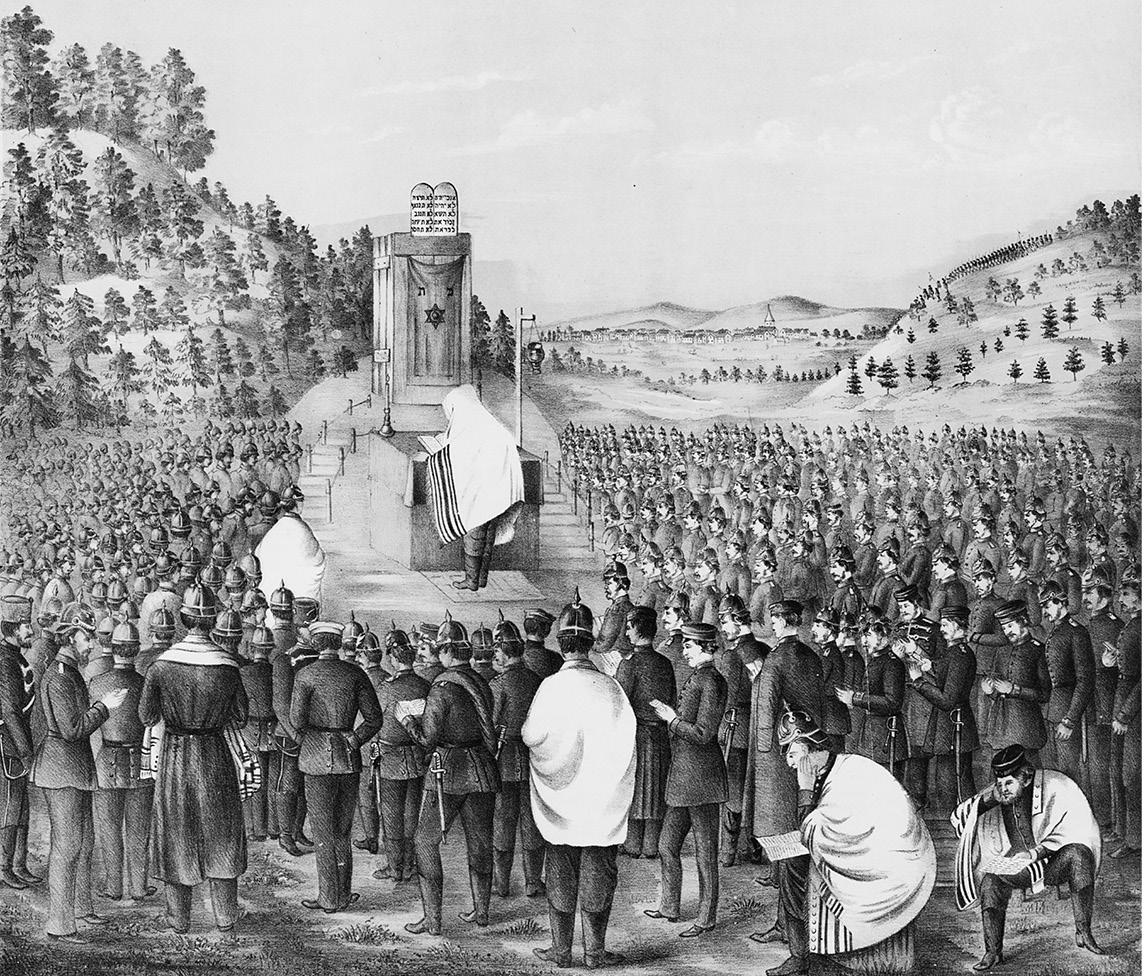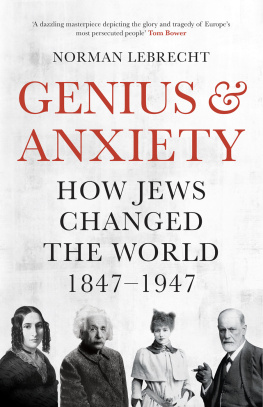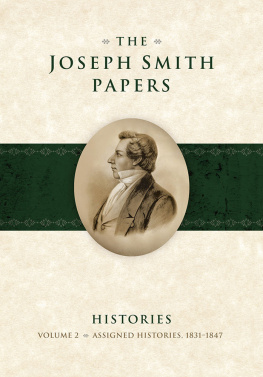Norman Lebrecht - Genius & Anxiety: How Jews Changed the World, 1847-1947
Here you can read online Norman Lebrecht - Genius & Anxiety: How Jews Changed the World, 1847-1947 full text of the book (entire story) in english for free. Download pdf and epub, get meaning, cover and reviews about this ebook. year: 2019, publisher: Scribner, genre: Detective and thriller. Description of the work, (preface) as well as reviews are available. Best literature library LitArk.com created for fans of good reading and offers a wide selection of genres:
Romance novel
Science fiction
Adventure
Detective
Science
History
Home and family
Prose
Art
Politics
Computer
Non-fiction
Religion
Business
Children
Humor
Choose a favorite category and find really read worthwhile books. Enjoy immersion in the world of imagination, feel the emotions of the characters or learn something new for yourself, make an fascinating discovery.

- Book:Genius & Anxiety: How Jews Changed the World, 1847-1947
- Author:
- Publisher:Scribner
- Genre:
- Year:2019
- Rating:5 / 5
- Favourites:Add to favourites
- Your mark:
- 100
- 1
- 2
- 3
- 4
- 5
Genius & Anxiety: How Jews Changed the World, 1847-1947: summary, description and annotation
We offer to read an annotation, description, summary or preface (depends on what the author of the book "Genius & Anxiety: How Jews Changed the World, 1847-1947" wrote himself). If you haven't found the necessary information about the book — write in the comments, we will try to find it.
Genius & Anxiety: How Jews Changed the World, 1847-1947 — read online for free the complete book (whole text) full work
Below is the text of the book, divided by pages. System saving the place of the last page read, allows you to conveniently read the book "Genius & Anxiety: How Jews Changed the World, 1847-1947" online for free, without having to search again every time where you left off. Put a bookmark, and you can go to the page where you finished reading at any time.
Font size:
Interval:
Bookmark:


ALSO BY NORMAN LEBRECHT
Why Mahler? How One Man and Ten Symphonies Changed Our World
The Game of Opposites
Who Killed Classical Music? Maestros, Managers, and Corporate Politics
Mahler Remembered
The Maestro Myth
When the Music Stops
The Complete Companion to 20th Century Music
Covent Garden: The Untold Story
The Song of Names

Scribner
An Imprint of Simon & Schuster, Inc.
1230 Avenue of the Americas
New York, NY 10020
www.SimonandSchuster.com
Copyright 2019 by Norman Lebrecht
Originally published in Great Britain in 2019 by Oneworld
All rights reserved, including the right to reproduce this book or portions thereof in any form whatsoever. For information, address Scribner Subsidiary Rights Department, 1230 Avenue of the Americas, New York, NY 10020.
First Scribner hardcover edition December 2019
SCRIBNER and design are registered trademarks of The Gale Group, Inc., used under license by Simon & Schuster, Inc., the publisher of this work.
For information about special discounts for bulk purchases, please contact Simon & Schuster Special Sales at 1-866-506-1949 or .
The Simon & Schuster Speakers Bureau can bring authors to your live event. For more information or to book an event, contact the Simon & Schuster Speakers Bureau at 1-866-248-3049 or visit our website at www.simonspeakers.com.
Jacket photographs: Albert Einstein by Glasshouse Images/Alamy Stock Photo; Sarah Bernhardt by Felix Nadar, C. 1864/Ian Dagnall Computing/Alamy Stock Photo; Franz Kafka by Lebrecht Music & Arts/Alamy Stock Photo; Rosalind Franklin by Pictorial Press Ltd/Alamy Stock Photo; Karl Marx by Photo 12/Alamy Stock Photo; Sigmund Freud by Chronicle/Alamy Stock Photo
Library of Congress Cataloging-in-Publication Data is available.
ISBN 978-1-9821-3422-8
ISBN 978-1-9821-3423-5 (ebook)
Interior photograph credits: : personal collection of Jennifer Glynn, now in the possession of the MRC Laboratory of Molecular Biology at the University of Cambridge.

Yom Kippur service for Jewish soldiers in the German Army during the Franco-Prussian War, outside Metz, October 1870.
B etween the middle of the nineteenth and twentieth centuries, a handful of men and women changed the way we see the world. Some of their names are on our lips for all time: Marx, Freud, Proust, Einstein, Kafka. Others have vanished from our collective memory, but their importance endures in our daily lives. Without Karl Landsteiner, for instance, there would be no blood transfusions or major surgery; without Paul Ehrlich, no chemotherapy; without Siegfried Marcus, no motorcar; without Rosalind Franklin, no model of DNA; without Fritz Haber, not enough food to sustain life on Earth; without Genevive Halvy, no grand opera; without Emanuel Deutsch, no State of Israel.
What these transformers have in common is being Jewish, some by having Jewish parents, others by practicing the Jewish faith. All appear to think outside the box, and all of them think fast. Why, at this period, a handful of Jews managed to see what others could not is the subject of this book.
There is a reverse side to the proposition. If Jews remade the world between 1847 and 1947, did the world also change Jews, perhaps beyond recognition? (Short answer: yes.) No historian has, to my knowledge, addressed the story from both aspects. In a multicultural twenty-first century, there may be a wider relevance to these engagements as a template for cultural dialogue and symbiosis.
Folk wisdom has it that five Jews wrote the rules of society:
Moses said, The law is everything.
Jesus said, Love is everything.
Marx said, Money is everything.
Freud said, Sex is everything.
Einstein said, Everything is relative.
Ha-ha, but more than half true. And Jews have a half truism for most things. A century before Christ, a man demanded to be taught the whole of Torah while standing on one foot. Hillel the Elder said: Love your neighbour as yourself. The rest is commentary. Two millennia later, Albert Einstein, asked by a journalist to explain the theory of relativity, replies: Matter tells space how to curve. A Hillelian aphorism. When the hack still looks blank, Einstein tells a Jewish joke. That works (see ).
The Jewish mind-set behind the wave of genius has not been successfully explored. How much do Jewish elements in their background inform Mahler, Modigliani, Marcel Proust? How does Freud know that sex is the source of most unhappiness? What makes Marx hate Jews? How much do science and mass migration affect rabbinic thinking, not to mention the physical shape of Jews? When is being Jewish a virtue? Why cant the world see what, to one or two Jews, is blindingly obvious?
The tendency to take a different point of view is illustrated by an anecdoteapocryphalabout the head of a famous Lithuanian yeshiva (rabbinic college) who chides his students for playing football on their lunch break when they could be discussing pearls of Torah. But football is a beautiful game, kevod harav [honored rabbi], they protest. Let us show you. At the next weekday league match in Vilna, featuring the nations best players, the students and their rav take seats in the stands. At halftime, the young men ask the rav for his response.
I have solved your problem, he replies.
How, kevod harav?
Give one ball to each side, and they will have nothing to fight over.
The rosh yeshivas way of thinking is counterintuitive to the Western method, which starts with observing the facts on the groundtwenty-two men and a footballbefore seeking to understand them in a context of social interaction. The rav, unaware of the rules, sees the game from a fourth dimension, a world apart from the situation. He offers a solution which, while irrelevant to the game of football, has a certain angelic elegance and ethical rightness.
Aspects of the ravs solution can be sighted in Benjamin Disraelis deconstructive approach to British politics, in Sarah Bernhardts exploitation of fame, and, critical for the outcome of the Second World War, in Leo Szilards cracking of the atom: he saw a way to the future the shape of things to come. Time and space are flexible for Szilard, as they are for Einstein, Haber, Lise Meitner, and Kafka, because their grasp of time and space is not confined to white lines on green grass. Jews speak of Jewish time as a relative measurement; the Talmud establishes a relative hour, also known as a halakhic hour, which varies in length from one day to the next according to the suns position. Relative time is part of Einsteins genetic heritage long before he announces the discovery of relativity.
Sigmund Freud declares on several occasions that he was brought up in an irreligious home and that he knows nothing about Judaism. It will come as a shock to any researcher with a knowledge of Talmud to find that Freud uses no fewer than six of the thirteen rules of Talmudic exegesisunconsciously, no doubtin his analytic approach. It is no less eye-opening to find Marx exposing a profound familiarity with Jewish toilet manners or Trotsky being so sensitive to anti-Semitism that he denounces it in
Font size:
Interval:
Bookmark:
Similar books «Genius & Anxiety: How Jews Changed the World, 1847-1947»
Look at similar books to Genius & Anxiety: How Jews Changed the World, 1847-1947. We have selected literature similar in name and meaning in the hope of providing readers with more options to find new, interesting, not yet read works.
Discussion, reviews of the book Genius & Anxiety: How Jews Changed the World, 1847-1947 and just readers' own opinions. Leave your comments, write what you think about the work, its meaning or the main characters. Specify what exactly you liked and what you didn't like, and why you think so.









